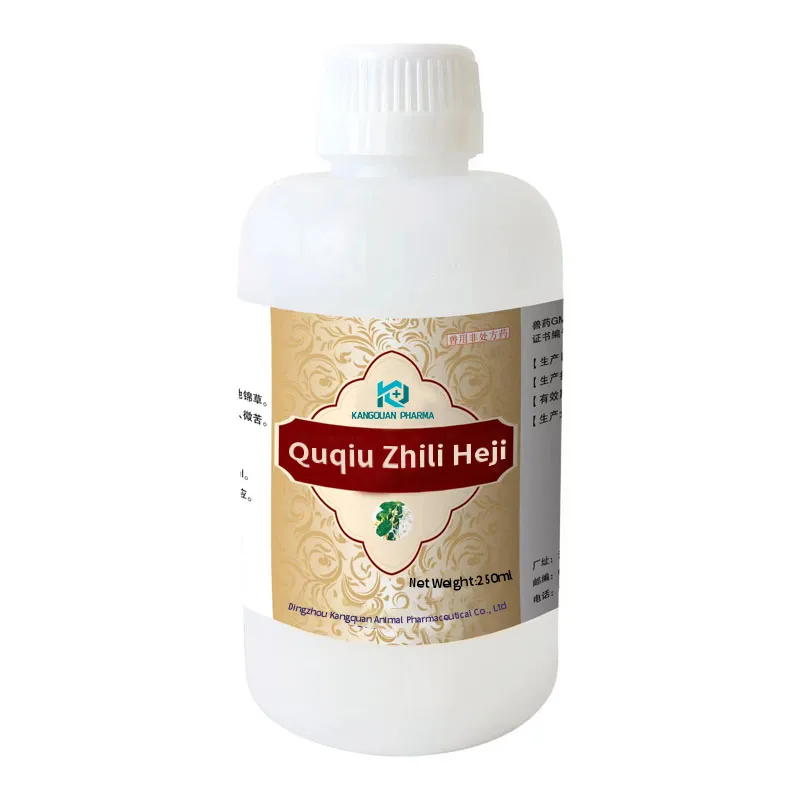- Afrikaans
- Albanian
- Amharic
- Arabic
- Armenian
- Azerbaijani
- Basque
- Belarusian
- Bengali
- Bosnian
- Bulgarian
- Catalan
- Cebuano
- Corsican
- Croatian
- Czech
- Danish
- Dutch
- English
- Esperanto
- Estonian
- Finnish
- French
- Frisian
- Galician
- Georgian
- German
- Greek
- Gujarati
- Haitian Creole
- hausa
- hawaiian
- Hebrew
- Hindi
- Miao
- Hungarian
- Icelandic
- igbo
- Indonesian
- irish
- Italian
- Japanese
- Javanese
- Kannada
- kazakh
- Khmer
- Rwandese
- Korean
- Kurdish
- Kyrgyz
- Lao
- Latin
- Latvian
- Lithuanian
- Luxembourgish
- Macedonian
- Malgashi
- Malay
- Malayalam
- Maltese
- Maori
- Marathi
- Mongolian
- Myanmar
- Nepali
- Norwegian
- Norwegian
- Occitan
- Pashto
- Persian
- Polish
- Portuguese
- Punjabi
- Romanian
- Russian
- Samoan
- Scottish Gaelic
- Serbian
- Sesotho
- Shona
- Sindhi
- Sinhala
- Slovak
- Slovenian
- Somali
- Spanish
- Sundanese
- Swahili
- Swedish
- Tagalog
- Tajik
- Tamil
- Tatar
- Telugu
- Thai
- Turkish
- Turkmen
- Ukrainian
- Urdu
- Uighur
- Uzbek
- Vietnamese
- Welsh
- Bantu
- Yiddish
- Yoruba
- Zulu
8 月 . 19, 2024 15:03 Back to list
Dosage Guidelines for Injectable Ivermectin in Goats for Effective Treatment
How Much Injectable Ivermectin for Goats?
Ivermectin is a widely used anthelmintic (dewormer) and antiparasitic medication that has proven effective in treating various internal and external parasites in livestock, including goats. Its use in veterinary medicine, particularly in ruminants, has revolutionized parasite control, significantly improving the health and productivity of these animals. However, administering the correct dosage of injectable ivermectin is crucial to ensure its effectiveness while minimizing the risk of toxicity or resistance development.
Understanding Ivermectin
Ivermectin belongs to the class of macrocyclic lactones and is effective against a range of parasites, including gastrointestinal worms, lungworms, and ectoparasites like mites and lice. Its mechanism of action involves binding to the glutamate-gated chloride channels in the nervous system and muscle cells of parasites, leading to paralysis and death of the parasites.
Dosage Guidelines
When it comes to dosing injectable ivermectin for goats, it is essential to follow specific guidelines to ensure safety and effectiveness. The standard dosage for ivermectin is generally between 0.2 to 0.5 mg per kilogram (kg) of body weight. For example, if you have a goat weighing 50 kg, the dosage would be calculated as follows
- Low end 0.2 mg x 50 kg = 10 mg - High end 0.5 mg x 50 kg = 25 mg
This means the dosage range for a 50 kg goat would be between 10 mg to 25 mg of ivermectin
. Typically, dosing is done according to the specific formulation of the injectable ivermectin product, which usually comes in concentrations of 1% or 10 mg/mL.how much injectable ivermectin for goats

Administration
Ivermectin is usually administered via subcutaneous injection, which is preferred for goats. To inject correctly, you should
1. Choose the Injection Site The most commonly used area is under the skin in the neck region. It is important to avoid areas with a lot of muscle or fat. 2. Prepare the Injection Use a clean, sterile needle and syringe. If using a multi-dose vial, ensure that it is stored according to the manufacturer's guidelines and never reuse needles. 3. Inject Carefully Insert the needle at a 45-degree angle and administer the medication slowly to minimize discomfort for the goat.
Considerations and Precautions
While ivermectin is generally safe when used correctly, there are several considerations to keep in mind
- Weight Estimation Accurately estimating the weight of the goat is critical. Overdosing can lead to toxic reactions, while underdosing may result in ineffective treatment and contribute to parasite resistance. - Older and Pregnant Goats Special care should be taken when administering ivermectin to older goats or pregnant females. Consult with a veterinarian for tailored advice in these situations. - Withdrawal Time If goats are raised for meat, it is important to observe withdrawal times after administering ivermectin before slaughtering the animal. This varies based on the specific product used, so always consult the product label and adhere to FDA regulations.
Conclusion
Administering injectable ivermectin can be a highly effective way to control parasitic infections in goats when done correctly. By following established dosage guidelines and administration protocols, goat owners can improve the health and productivity of their herds while reducing the risk of parasite resistance. For specific situations or concerns, it is always a good practice to consult with a veterinarian who can provide tailored advice based on the individual needs of your goats. Overall, responsible use of ivermectin is a critical component of effective goat management.
-
The Power of Radix Isatidis Extract for Your Health and Wellness
NewsOct.29,2024
-
Neomycin Sulfate Soluble Powder: A Versatile Solution for Pet Health
NewsOct.29,2024
-
Lincomycin Hydrochloride Soluble Powder – The Essential Solution
NewsOct.29,2024
-
Garamycin Gentamicin Sulfate for Effective Infection Control
NewsOct.29,2024
-
Doxycycline Hyclate Soluble Powder: Your Antibiotic Needs
NewsOct.29,2024
-
Tilmicosin Premix: The Ultimate Solution for Poultry Health
NewsOct.29,2024













